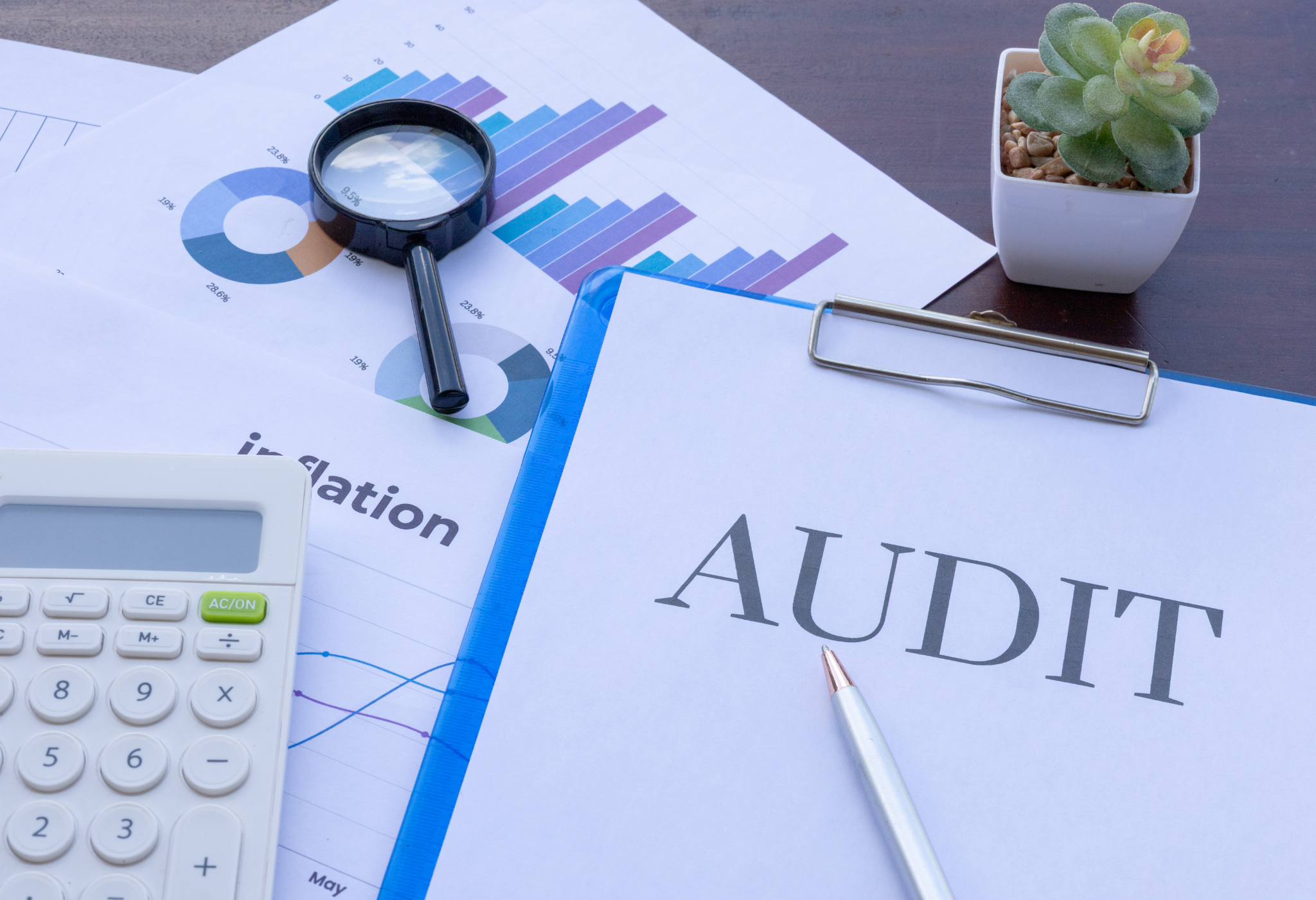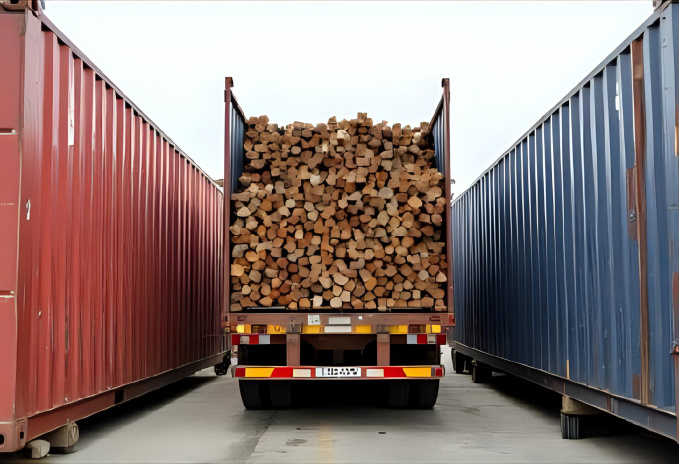#13/2025: CBAM conditions for the definitive period still not final

Verification and visits on site
The draft new regulation sets out principles for verifying declared embedded emissions from January 1, 2026. This is important if importers are to report actual embedded emissions.
-
Planning (Materiality level): Prior to the audit, an accredited verifier (Bureau Veritas, TÜV, or SGS) will determine the scope of the production process. A deviation of 5% is tolerated for both total specific embedded emissions and total specific free allocation. A "material misstatement" is any error that, alone or in combination, exceeds this 5% threshold or affects the report based on the verifier's judgment. It is assessed at the HS code level of the goods.
-
First-year audit: A physical visit is mandatory during the first verification of the installation under the definitive system. This will allow the verifier to obtain a comprehensive basic overview of the installation and its monitoring systems.
-
Ongoing audit cycle: After the first year, a physical visit is required at least once every two years.
-
Audit in the following period (Exception/virtual option): In the second consecutive year (i.e., after the year with a physical visit), the verifier may replace the physical visit with a virtual one or omit it entirely.
-
Final report: Upon completion of the verification, the findings must be submitted. All verification reports must be prepared using a uniform electronic template provided by the Commission through the CBAM registry.

Price of CBAM certificates
Methodology for 2026
-
Frequency of calculation in 2026: The price of CBAM certificates will be calculated quarterly.
-
Calculation time: The Commission will calculate the price for the quarter during the first calendar week of the following quarter.
-
Use of the price: This quarterly price applies to goods imported during the relevant quarter.
-
Calculation frequency from 2027: The price of CBAM certificates will be calculated every calendar week.
CBAM – description of the calculation of payment obligations

The main unknown here is the CBAM benchmark. This will be a value that the European Commission has yet to determine and which will be based on benchmarks for the EU ETS emissions trading system. In the EU ETS, this is a value in tons of CO2 per ton of goods and represents the emission intensity in the production of specific types of products at the 10% most efficient facilities in the EU – these values therefore indicate how efficiently the most efficient facilities in the EU can produce a given product.
The CBAM factor then simply expresses what percentage of the CBAM benchmark will be deducted. This factor will decrease each year, meaning that less and less will be deducted and the payment obligation under CBAM will increase. The CBAM factor will be applied in individual years as follows:
- 2026 = 97,5 %; 2027 = 95 %; 2028 = 90 % 2029 = 77,5 %; 2030 = 51,5 %; 2031 = 39 %; 2032 = 26,5 %; 2033 = 14 %; 2034 = 0 %
- The lower the CBAM factor, the less the CBAM benchmark is deducted from the specific emissions contained in the imported goods.
- Example default value of specific embedded emissions for Algeria: 2.70 tCO2/t
- CBAM benchmark: 1.570 tCO2/t
- No carbon price paid in third countries is considered.
- Certificate price EUR 80 (will correspond to the price of an ETS1 emission allowance)
We hope that this calculation method will help you to at least partially clarify what the CBAM will cost from 2026. Last week's leak of information also included proposals for benchmarks and default values. This was followed by a wave of scrutiny and subsequent comments on the accuracy and sustainability of this proposal. Several inconsistencies and errors were found, so these lists are likely to undergo further revisions.


